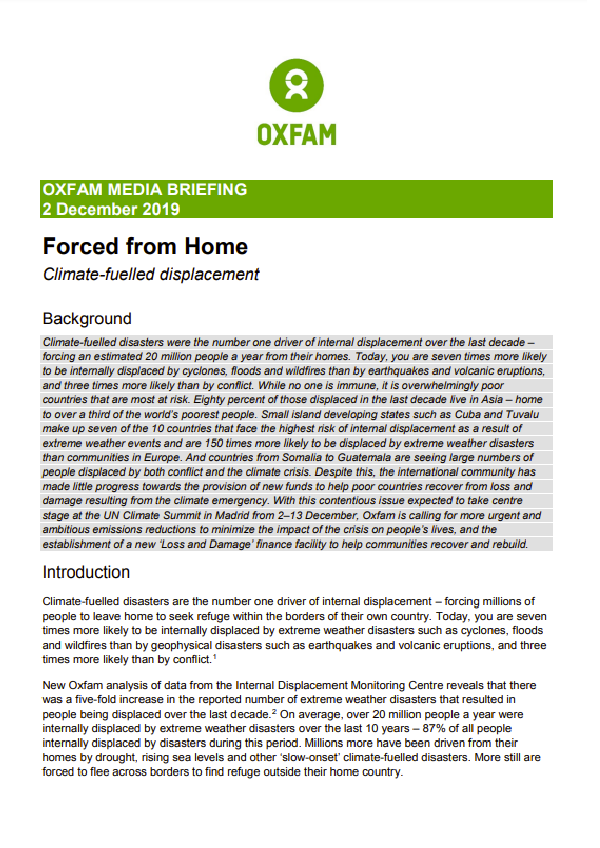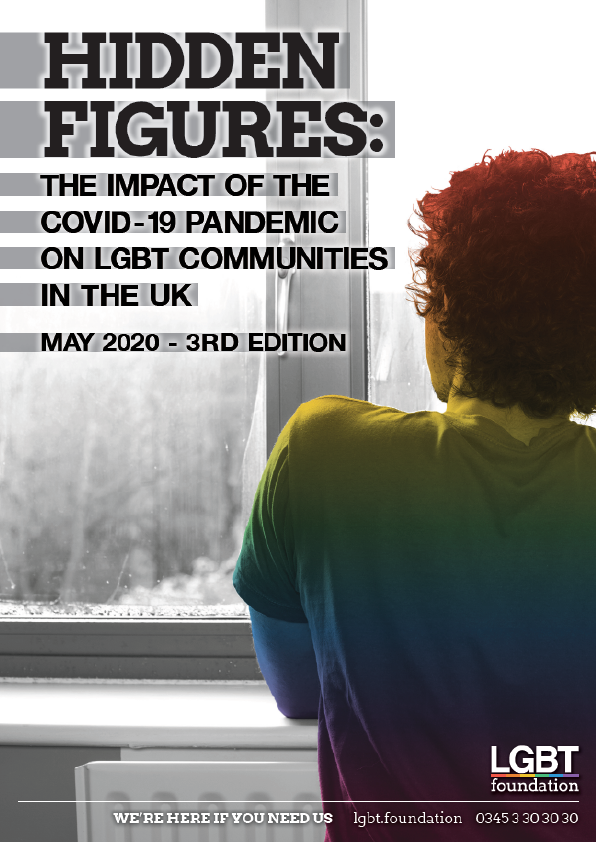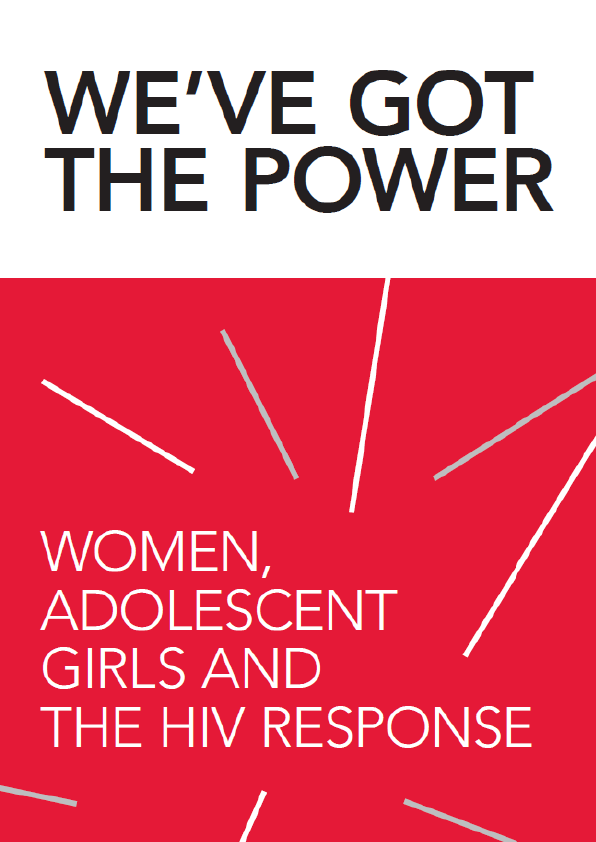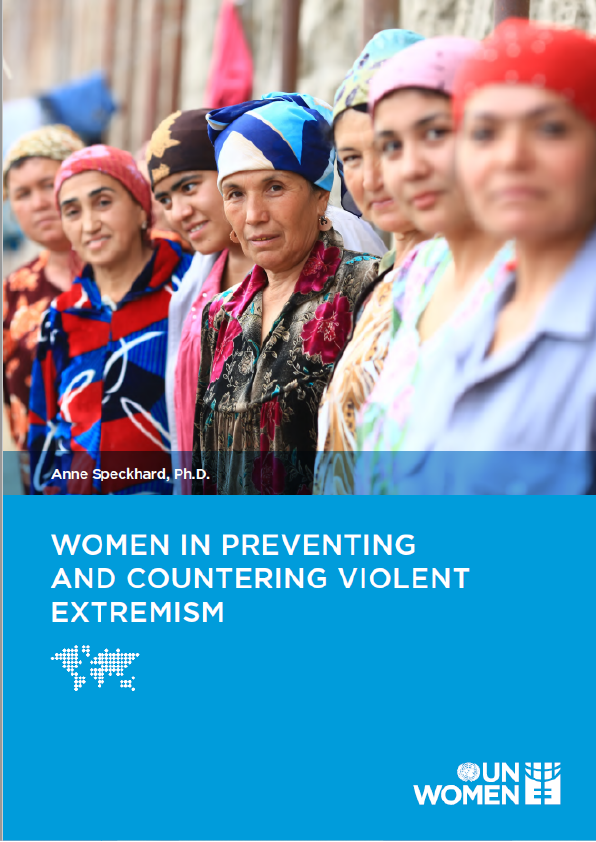Background
Contemporary climate change includes both global warming and its impacts on Earth’s weather patterns. There have been previous periods of climate change, but the current changes are distinctly more rapid and not due to natural causes. Instead, they are caused by the emission of greenhouse gases, mostly carbon dioxide (CO2) and methane. Burning fossil fuels for energy use creates most of these emissions. Certain agricultural practices, industrial processes, and forest loss are additional sources. Greenhouse gases are transparent to sunlight, allowing it to heat the Earth’s surface. When the Earth emits that heat as infrared radiation the gases absorb it, trapping the heat near the Earth’s surface. As the planet heats up it causes changes like the loss of sunlight-reflecting snow cover, amplifying global warming.
Climate-fuelled disasters were the number one driver of internal displacement over the last decade – forcing an estimated 20 million people a year from their homes. Today, you are seven times more likely to be internally displaced by cyclones, floods and wildfires than by earthquakes and volcanic eruptions, and three times more likely than by conflict. While no one is immune, it is overwhelmingly poor countries that are most at risk. Eighty percent of those displaced in the last decade live in Asia – home to over a third of the world’s poorest people. Small island developing states such as Cuba and Tuvalu make up seven of the 10 countries that face the highest risk of internal displacement as a result of extreme weather events and are 150 times more likely to be displaced by extreme weather disasters than communities in Europe. And countries from Somalia to Guatemala are seeing large numbers of people displaced by both conflict and the climate crisis. Despite this, the international community has made little progress towards the provision of new funds to help poor countries recover from loss and damage resulting from the climate emergency. With this contentious issue expected to take centre stage at the UN Climate Summit in Madrid from 2–13 December, Oxfam is calling for more urgent and ambitious emissions reductions to minimize the impact of the crisis on people’s lives, and the establishment of a new ‘Loss and Damage’ finance facility to help communities recover and rebuild.
Introduction
Climate-fuelled disasters are the number one driver of internal displacement – forcing millions of people to leave home to seek refuge within the borders of their own country. Today, you are seven times more likely to be internally displaced by extreme weather disasters such as cyclones, floods and wildfires than by geophysical disasters such as earthquakes and volcanic eruptions, and three times more likely than by conflict.
New Oxfam analysis of data from the Internal Displacement Monitoring Centre reveals that there was a five-fold increase in the reported number of extreme weather disasters that resulted in people being displaced over the last decade.2 On average, over 20 million people a year were internally displaced by extreme weather disasters over the last 10 years – 87% of all people internally displaced by disasters during this period. Millions more have been driven from their homes by drought, rising sea levels and other ‘slow-onset’ climate-fuelled disasters. More still are forced to flee across borders to find refuge outside their home country.
This briefing shows that it is the world’s poorest countries and communities, which bear little responsibility for global carbon pollution, that face the highest risk of climate-fuelled displacement. And it sets out how some poor countries are working, with little or no support from rich polluting nations, to help communities recover from loss and damage resulting from the climate crisis, including forced displacement.











